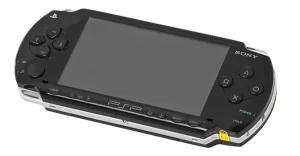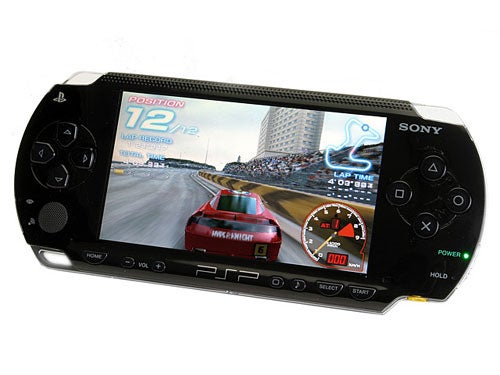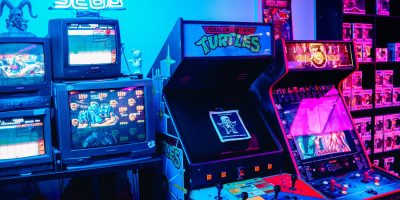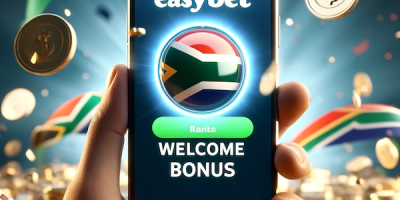The PlayStation Portable (PSP) from Sony is a handheld portable and self-contained video game console released first in 2004. Two decades on, I still remember this console as having had the best games. It proved to be a great competitor to Nintendo 3DS and the Game Boy Advance over the years. Looking back now, how good is it?
Let us take a quick trip down memory lane.
Hardware features


Build
The Sony PlayStation Portable (PSP) was the first attempt by the company into the handheld gaming market. The original PSP console weighs 280grams with a 4.3-inch LCD screen for display.
In the 10 year lifetime of the PSP, Sony made smaller and lighter successors. The PSP Go, for example, is a 3.8-inch console weighing 158 grams. The device weighs around the same as an average smartphone today. All are light enough for continuous gaming.
There are two shoulder buttons, a USB 2.0 mini-B port on the top of the console, and a wireless LAN switch and power cable input on the bottom.
At the front is where you get the four common PlayStation buttons and a few others for more gaming functions. The shoulder buttons are on top, the directional pad on the left with the analog “nub” directly below it, the PlayStation face buttons on the right, and a row of secondary buttons below the screen.
The PSP also features built-in stereo speakers and a headphone port.
Battery
Powering the original PSP is an 1800 mAh battery that provides between about three and six hours of gameplay, between four and five hours of video playback, or between eight and eleven hours of audio playback.
It takes about 1.5 hours to charge the batteries and their runtime varies between 4.5 and 7 hours depending on factors such as screen brightness settings, WLAN connectivity, and volume levels.
Accessories
The official accessories include the AC adapter, car adapter, headset, headphones with remote control, battery charger, carrying case, accessories pouch, cleaning cloth, and system pouch.
Functionality
This device runs a custom operating system known as System Software, which you can update over the Internet or by loading a UMD or Memory Stick update.
The console has 32 MB main RAM and 4MB Dynamic RAM split between the GPU and media engine. Abysmal, but it worked its magic for the time. It easily runs games like Ridge Racer, Tekken, and even GTA just fine.
The PSP also sports multimedia features, including music and video playback, a photo viewer, and an online store.
The back of the PSP features a read-only Universal Media Disc (UMD) drive for access to movies and games, and a reader compatible with Sony’s Memory Stick PRO Duo flash cards is located on the left of the system.
Sony announced the PSP GO in 2009, a handheld console that would no longer feature a UMD drive, but would fully depend on downloaded software.
Accessibility
Of course, this is not something you can get easily now, since Sony did the last revision in 2011. Sealed, unopened PSPs still go for around $499+.
However, there are refurbished consoles in online stores if you want to purchase a slice of gaming nostalgia. The price could go anything between $65–$139, depending on the condition.






Comments